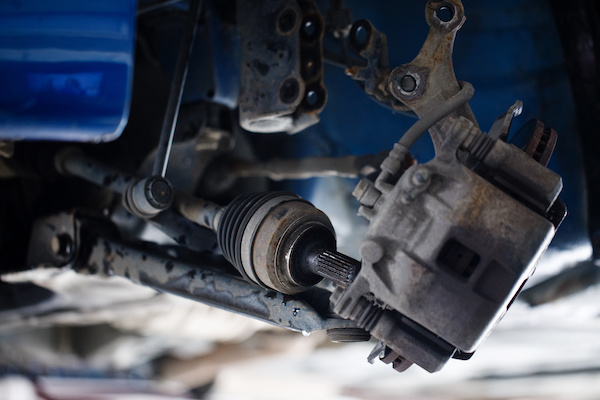
Constant Velocity, or CV, joints connect the axles of front-wheel-drive cars to the wheels. The joints enable the wheels and axle to move as you drive to account for bumpy surfaces, turns, etc. The CV joint is the most vulnerable part of this system, and that's why it needs proper care. CV joints need adequate lubrication and protection from rocks, dust, and dirt.
If the CV joint gets corrupted or contamination takes place, then the lubricant will leak. A boot seals the CV, and this boot is not resistant to damage. Whenever this happens, the joint will wear out and fail.
If you drive a car with a damaged CV, the joint will deteriorate more, making driving impossible. You'll be at risk of getting into an accident. In summary, it is advisable to neve drive a vehicle with faulty CV joints.
What Are the Top Signs of a Damaged CV Joint?
#1: Busted Boots
A busted Constant Velocity boot may allow you to drive for only a short distance before it breaks down completely. If you continue navigating, more grime and dirt will contaminate it, and more lubricant will leak out. In some scenarios, you may only need to displace the boot and not the entire joint.
#2: Clunking/Popping/Clicking Sounds
Any clunking, popping, or clicking noise that emanates from your car's front wheel may signify that there's a problem with your CV joint. The noises usually become more pronounced when you turn your steering wheel. If possible, when you hear these noises, drive your vehicle to the mechanic immediately.
#3: Breakdown
When the CV joint fails, the axle will break, and the car won't be able to move. Matters can worsen if this happens while you are driving. That's why you need to have your CV joint checked regularly.
If you need CV joint repair, give B & L Automotive a call or visit today!